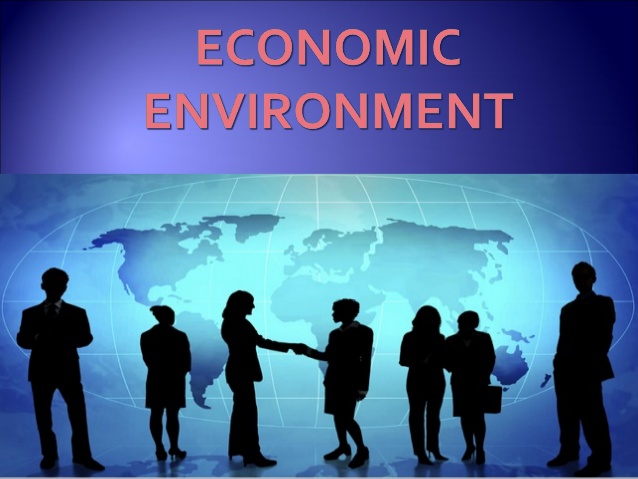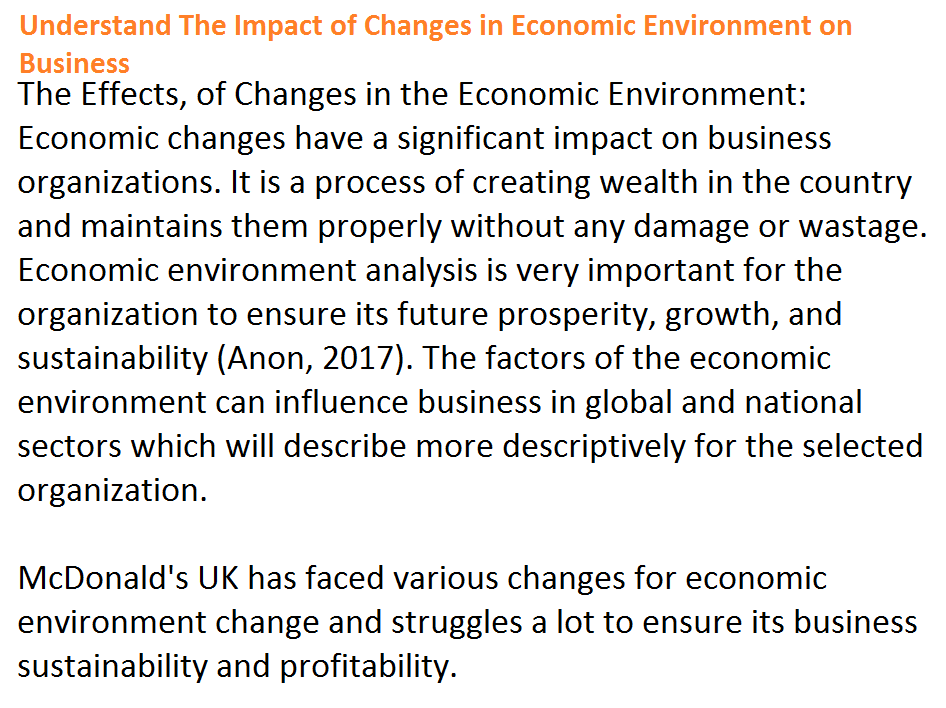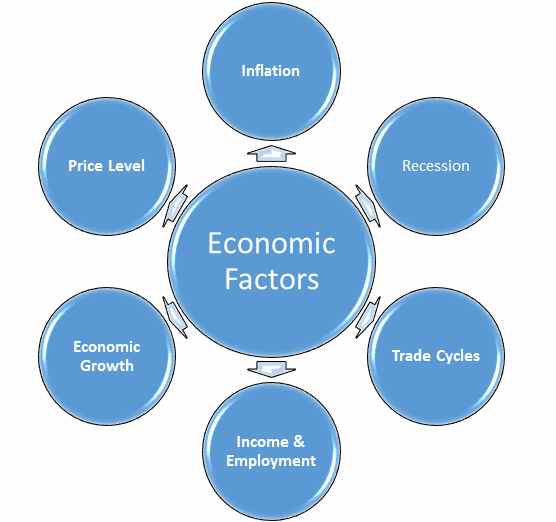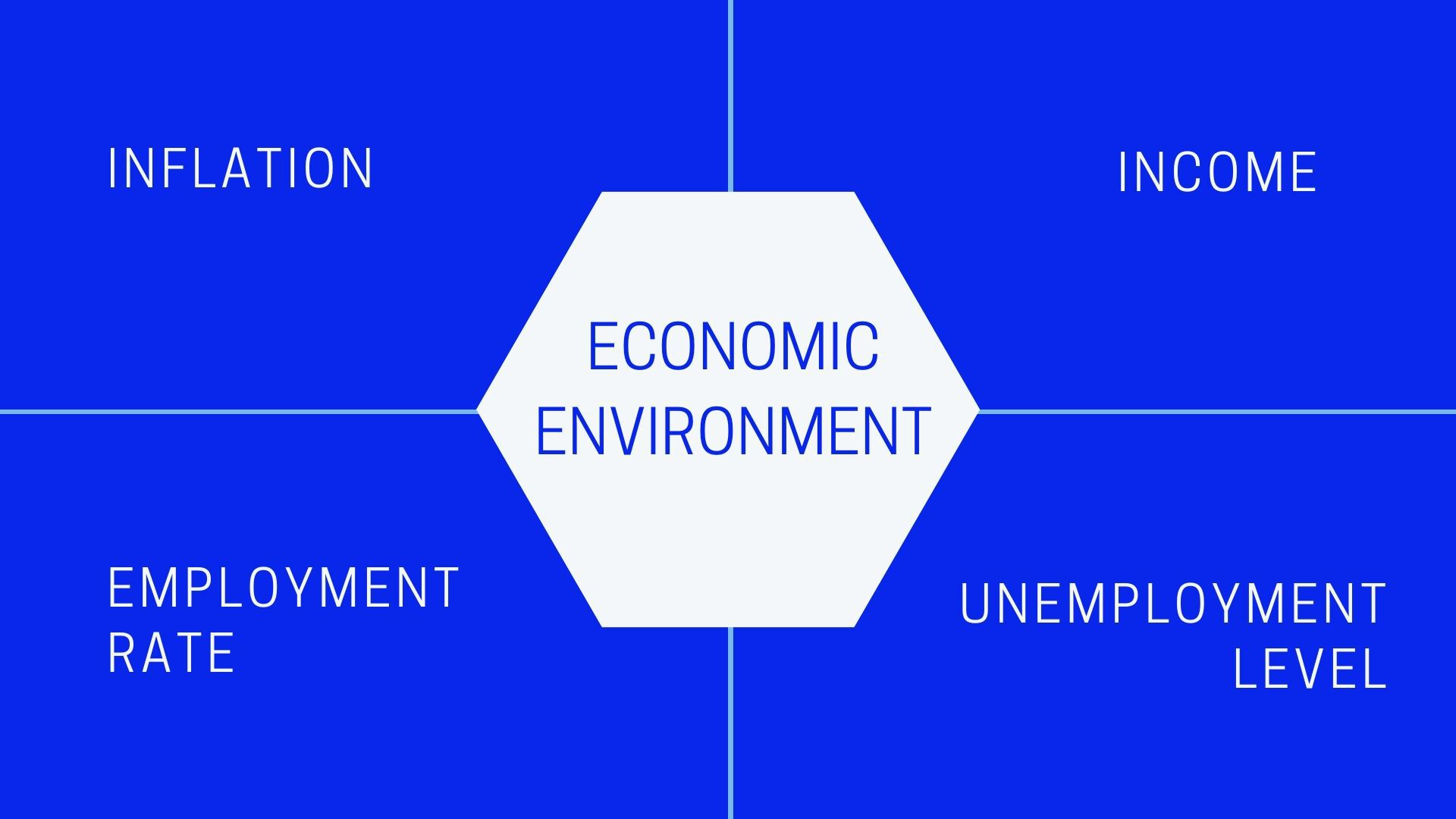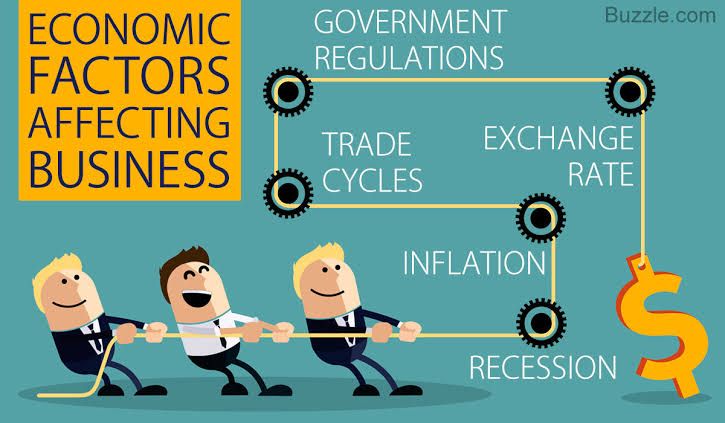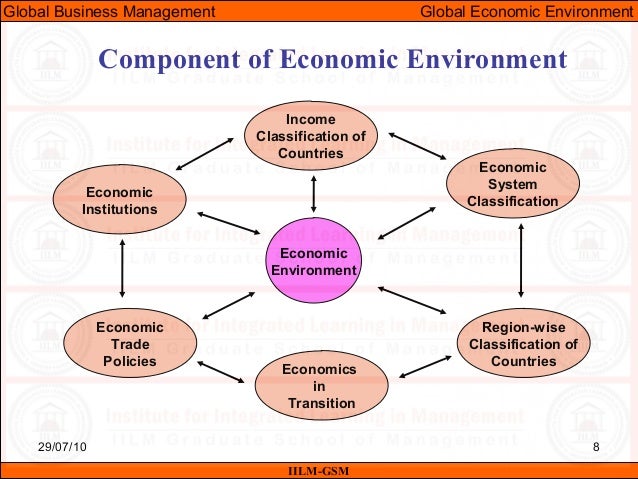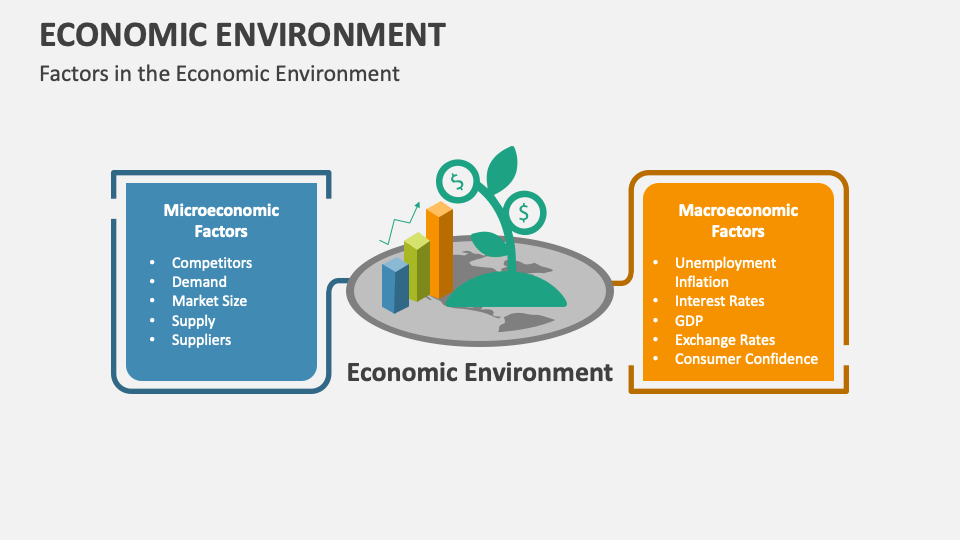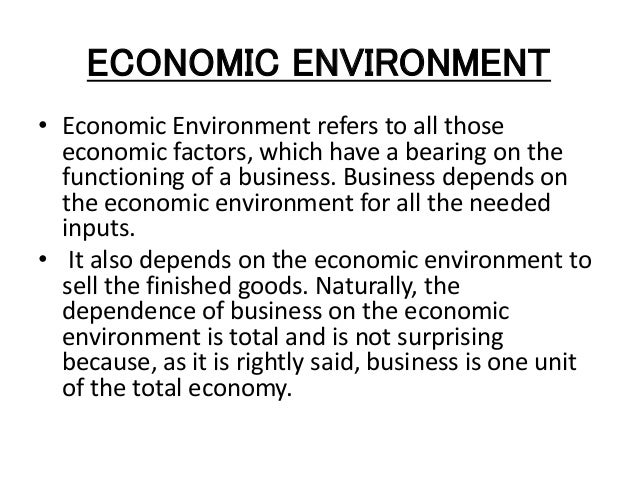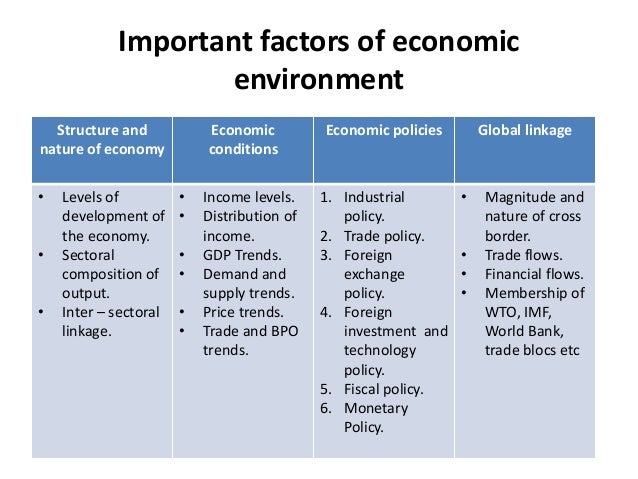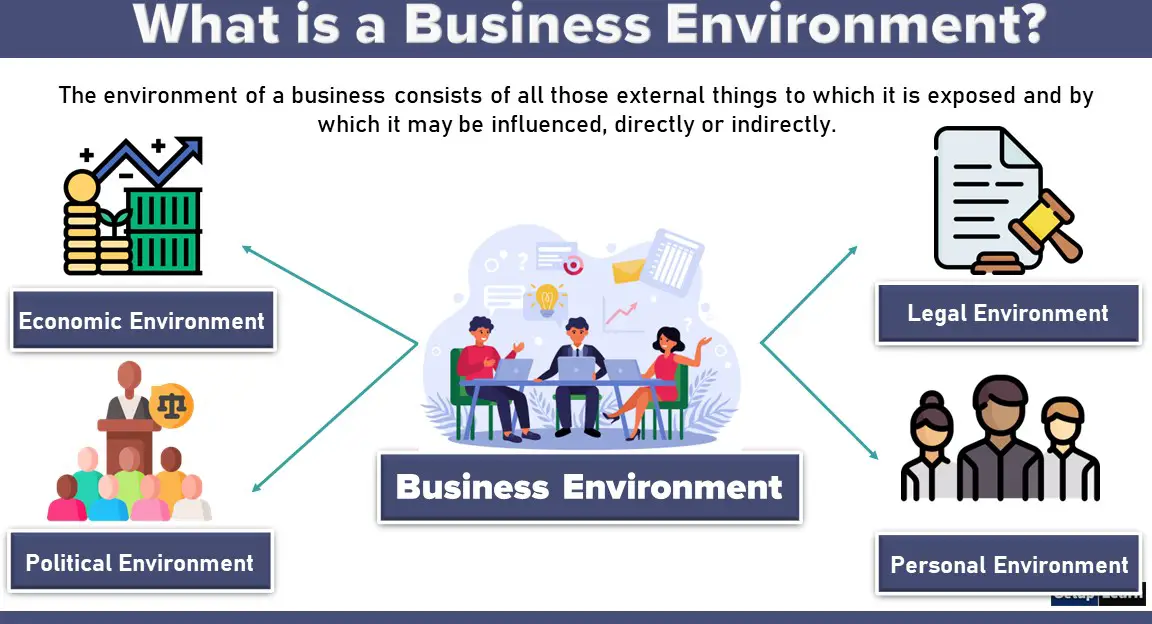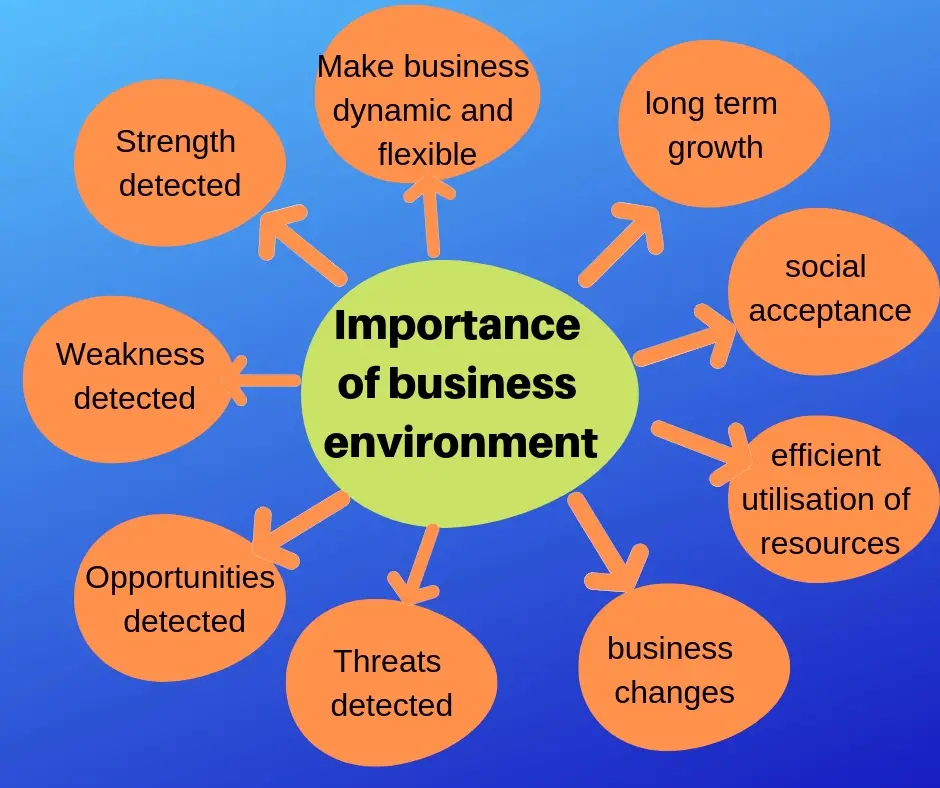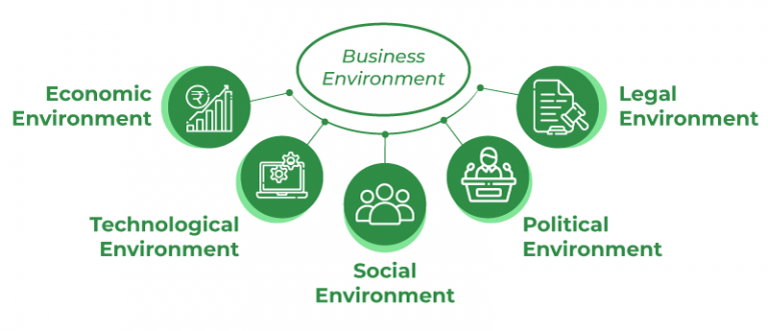Effect Of Economic Environment On Business
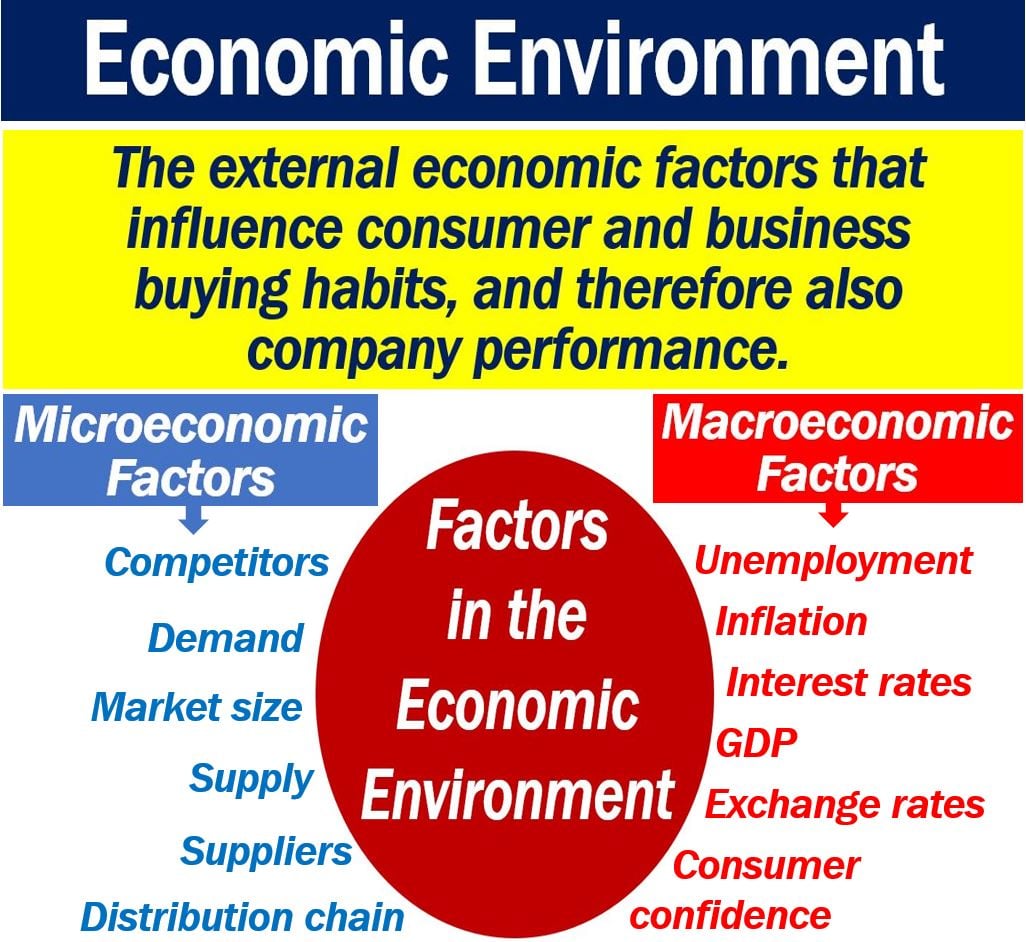
Businesses, regardless of size or sector, operate within a complex economic environment that significantly influences their performance and viability. Fluctuations in economic indicators, government policies, and global market trends create both opportunities and challenges for companies striving to succeed.
This article explores the multifaceted ways in which the economic environment impacts businesses, drawing on expert analysis and economic data to provide a comprehensive overview.
Understanding the Economic Landscape
The economic environment encompasses a wide range of factors. These include macroeconomic variables like GDP growth, inflation rates, interest rates, and unemployment levels. These influence consumer spending, investment decisions, and overall business confidence.
Government policies, such as tax regulations, trade agreements, and regulatory frameworks, also play a crucial role in shaping the economic landscape.
Impact on Demand and Revenue
One of the most direct impacts of the economic environment is on consumer demand. During periods of economic expansion, increased consumer confidence and disposable income typically lead to higher demand for goods and services.
Conversely, during recessions or economic downturns, consumer spending tends to decline, resulting in lower revenue for businesses.
According to a recent report by the International Monetary Fund (IMF), a global economic slowdown can significantly impact export-oriented businesses, reducing their sales and profitability.
Cost of Production and Investment
The economic environment also affects the cost of production for businesses. Inflation, for example, can increase the cost of raw materials, labor, and other inputs, squeezing profit margins.
Interest rates influence borrowing costs, impacting businesses' ability to invest in new equipment, expand operations, or fund research and development.
"Higher interest rates can discourage investment and slow down economic growth,"stated Dr. Anya Sharma, an economist at the World Bank, in a recent interview.
Labor Market Dynamics
The availability and cost of labor are also influenced by the economic environment. During periods of high unemployment, businesses may have access to a larger pool of qualified workers, potentially driving down labor costs.
However, in a tight labor market, companies may need to offer higher wages and benefits to attract and retain employees, impacting their operating expenses.
A recent study by the Bureau of Labor Statistics (BLS) indicated a growing skills gap in certain industries, making it challenging for businesses to find qualified workers, even during periods of moderate unemployment.
Navigating Uncertainty and Adapting to Change
Businesses must be agile and adaptable to navigate the ever-changing economic environment. Strategies include diversifying their product or service offerings, exploring new markets, and implementing cost-cutting measures.
Investing in technology and innovation can also help businesses improve efficiency, reduce costs, and gain a competitive advantage.
For example, small and medium-sized enterprises (SMEs) can leverage digital marketing tools to reach a wider audience and boost sales, even during challenging economic times.
The Human Cost
The impact of the economic environment on businesses ultimately affects individuals and communities. Job losses during economic downturns can lead to financial hardship and social unrest.
Businesses that prioritize employee well-being and invest in training and development can help mitigate these negative impacts and contribute to a more resilient workforce.
Maria Rodriguez, a small business owner who had to lay off employees during the 2008 recession, shared, "It was the hardest decision I ever had to make. I learned the importance of financial planning and building a strong safety net for my business."
In conclusion, the economic environment is a powerful force that shapes the trajectory of businesses. Understanding these dynamics and adapting proactively is crucial for survival and success.
By staying informed, implementing sound strategies, and prioritizing the well-being of their stakeholders, businesses can navigate the complexities of the economic landscape and create long-term value.
